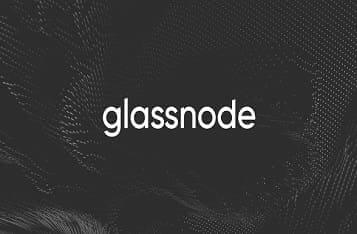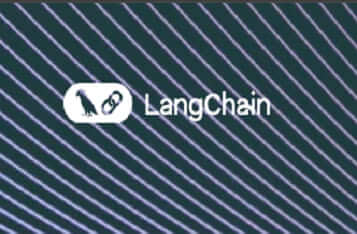NVIDIA's TensorRT-LLM Enhances AI Efficiency with KV Cache Early Reuse
NVIDIA has unveiled a new technique for enhancing the efficiency of AI models with its TensorRT-LLM, focusing on the early reuse of the key-value (KV) cache. This innovation promises to accelerate the time to first token (TTFT) by up to 5x, according to NVIDIA.
Understanding KV Cache Reuse
The KV cache is integral to large language models (LLMs), which transform user prompts into dense vectors through extensive computations. These computations are resource-intensive, especially as input sequences lengthen. The KV cache stores these computations to avoid redundancy in subsequent token generation, optimizing performance by reducing computational load and time.
Early Reuse Strategies
By implementing early reuse strategies, NVIDIA's TensorRT-LLM allows parts of the KV cache to be reused before the entire computation is complete. This approach is particularly beneficial in scenarios like enterprise chatbots, where predefined system prompts guide responses. The reuse of system prompts can significantly reduce the need for recalculations during high-traffic periods, improving inference speeds by up to 5x.
Advanced Memory Management
TensorRT-LLM introduces flexible KV cache block sizing, allowing developers to optimize memory usage by adjusting the block sizes from 64 tokens to as few as 2 tokens. This flexibility enhances the reuse of memory blocks, thereby increasing TTFT efficiency by up to 7% in multi-user environments when using NVIDIA H100 Tensor Core GPUs.
Efficient Eviction Protocols
To further enhance memory management, TensorRT-LLM employs intelligent eviction algorithms. These algorithms handle dependency complexities by prioritizing the eviction of dependent nodes over source nodes, ensuring minimal disruption and maintaining efficient KV cache management.
Optimizing AI Model Performance
With these advancements, NVIDIA aims to provide developers with tools to maximize AI model performance, improving response times and system throughput. The KV cache reuse features in TensorRT-LLM are designed to harness computational resources effectively, making them a valuable asset for developers focusing on optimizing AI performance.





